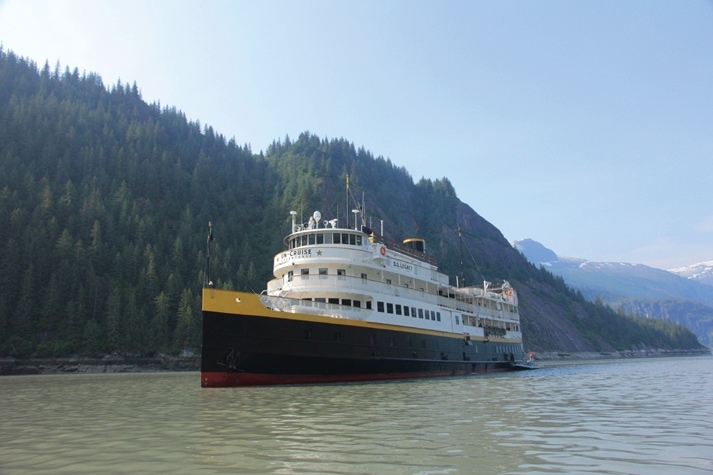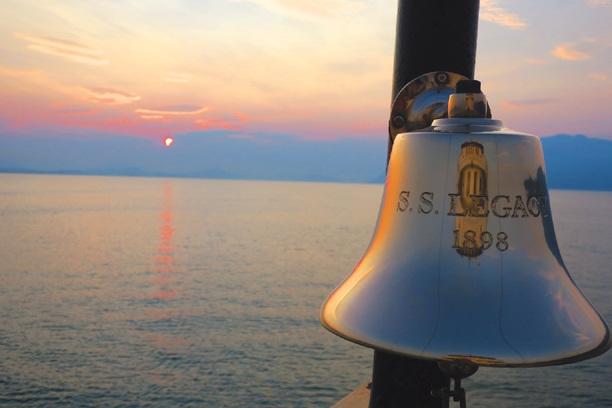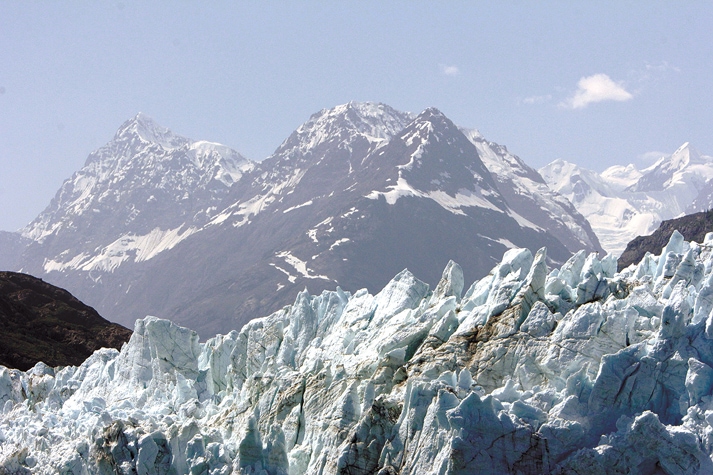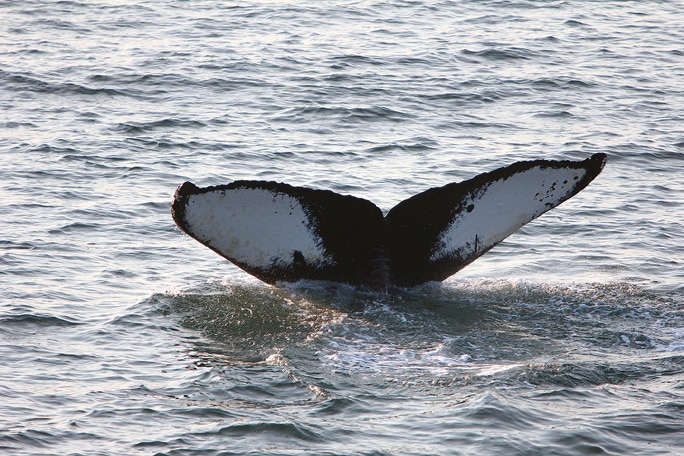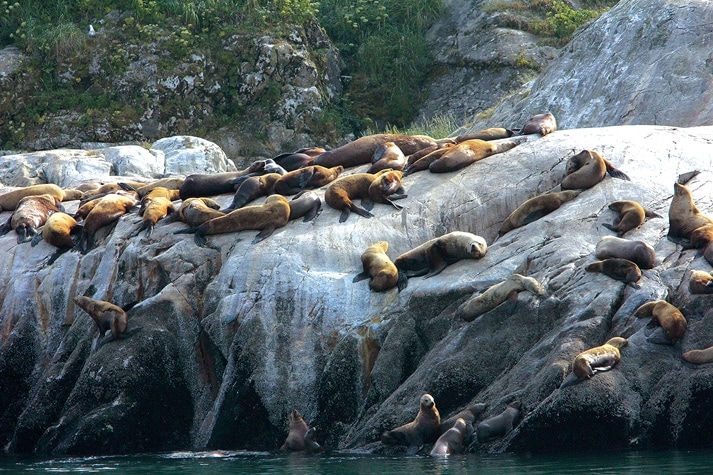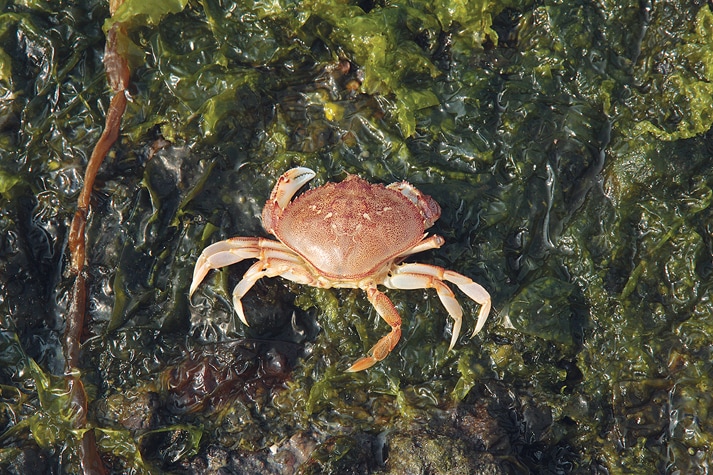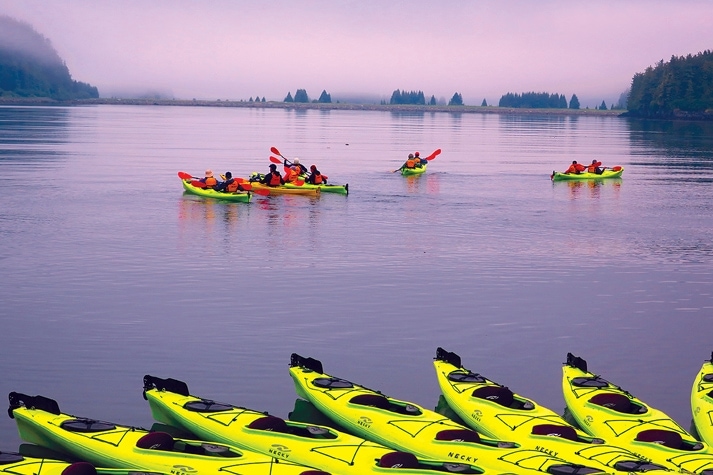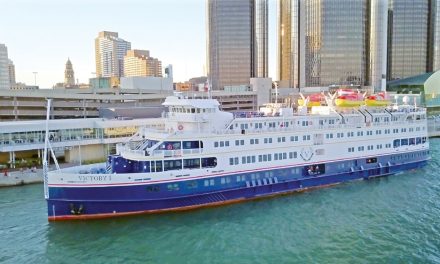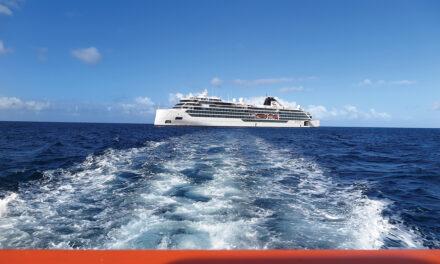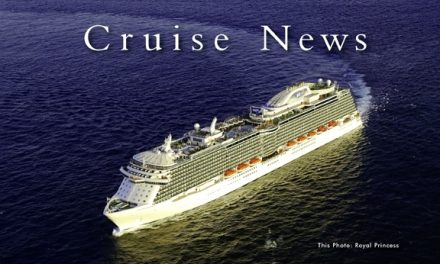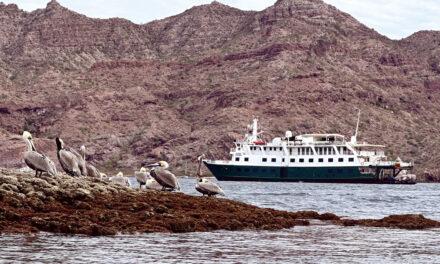Cruise
UnPlug with UnCruise
Article by Ilona Kauremszky, photography Stephen Smith
I feel like I have the entire sea to myself.
On the edge of the planet’s largest remaining tract of temperate rainforest waves are lapping around the S.S. Legacy. Not a soul around. We’re sailing on one of the cruise itineraries from expedition cruise company, UnCruise Adventures called Alaska’s Glacier Country, a 7-night thrilling adventure of Southeast Alaska.
For this city dweller it’s like stepping onto another planet. But as soon as we start our cruise, magic suddenly happens.
A pod of Orca whales arrive.
Here we are only 30-minutes after leaving the cruise terminal in Juneau, Alaska on a small Victorian steamship replica, one of the small ships from the Seattle-based company, dining on freshly caught wild salmon when as fast as a New York minute the captain announces whales approaching starboard.
The Gastineau Channel opens up to a Mother Nature show of BBC Sir David Attenborough proportions. “See over there,” screams a voice. “Is that a baby whale?” asks another. “How cool,” chimes in yet another guest as everyone gathers on the bow. These front row seats to the biggest cruise ticket around couldn’t get any finer.
It does.
Whale sightings are a highlight of any cruise. Spotting Orcas on the other hand I learned later from the captain remain one of the most elusive occurrences in the world. “Imagine 99.9 percent of the people living on this planet have never seen a live Orca whale in their natural habitat,” says Captain Tim Voss describing just one of the wildlife encounters we witnessed.
Home to the state’s largest cruise port, cruisers in Juneau arrive to the Final Frontier state’s capital to anticipate the unexpected. Prepare to get off-line and recharge the batteries especially on an expedition cruise that transports you to remote places where few have gone before.
Today’s luxury seeking clients and those in need of a digital detox will imbibe in nature and feast on wilderness encounters never imagined. No regrets.
On The Legacy the attire is casual. Guests wear wellies and raincoats. When it’s time to disembark our ports of call are marked by geographic locations and not towns – like Endicott Arm. Crew and guests give the mandatory “Viking Handshake” position -that’s a sturdy hand grip as we leave behind the mothership and its new Sea Dragon, a towed state-of-the-art trailer that allows for the swift launching of kayaks and inflatable skiff boats.
Over a week I got out of my comfort zone, doing things I never imagined. On our first day at sea we pulled into Glacier Bay National Park to pick up our Park Ranger Matt Earle who arrived at dawn in a thick fog via skiff boat surrounded by breaching humpback whales. The park has a rich fish food court off Bartlett Cove, a pleasure ground for humpback whales located in the vicinity of the Visitor Centre.
In Glacier Bay National Park we set our sights on John Muir territory. The great naturalist whose achievements spearheaded the United States National Park system was so mystified by the glaciers creating Yosemite Valley, he made the rigorous journey to Alaska in 1879 to see for himself what glaciers actually looked like.
These days only a handful of select cruise lines like UnCruise Adventures gain restricted park access and have limited viewing opportunities regulated by the National Parks system. Cruise guests enjoy the pristine natural surrounds without viewing a highway of ships in its path. Isolated. Remote. Only the primordial growls of wild animals and the blowhole gasps from whales with plenty of bird calls awaken the senses. We smelled the pungent musty odour of the endangered Stellar Sea Lions sunning and loudly grunting on South Marble Island before actually seeing them. We laughed at the bobbing sea lions and zoomed our binoculars on rock outcroppings, home to mountain goats.
At the park’s West Arm – a pair of glaciers stand side by side. The ship’s engine shuts off. We’re facing the sheer white 21-mile long Margerie Glacier and the wider 34.5-mile long black tinged rocky Grand Pacific Glacier. We stare at these tidewater glaciers watching Margerie’s iridescent blue bergy bits bobbing by as the dramatic crash of more ice sheering off in a process known as calving enter the tidal waters. It’s only the start of our glacier quest voyage.
Unlike the mid-sized to large cruise ships that ply the busy Pacific Ocean corridor, our adventure cruise sails the sheltered glassy calm Inside Passage. It’s home to a rugged coastline of sky high walled canyons, hidden coves, glacier-cut fjords dotted by rocky islets and that’s not counting the abundant wildlife encounters in this lush temperate coastal rainforest.
One morning we took a skiff boat to the “mainland.” It was bear territory. We meandered through meadows into gardens of wild orchids, chocolate lilies and the bell-shaped cassiope, looking at bear scat like it was an artifact from another world. From our expedition guide yelps erupted as did lyrical “Day-O” sounds that resembled The Banana Boat Song. The high notes echoed through the southeast Alaskan summer breeze in this alfresco chamber of green. The only thing trying to bite us was an occasional pesky mosquito. (Watch our video:
https://www.youtube.com/watch?v=wOyFQO4SD68)
We later sail south down the Chatham Strait considered the great marine highway of the protected Inside Passage between Baranof Island and the bear-rich Admiralty Island. The federally protected wilderness habitat is home to an estimated 1,600 brown bears, bald eagles and Sitka black-tailed deer. The smooth landscape pales in comparison to the towering glacier skyscrapers we left behind.
One day we play with critters. We anchor by Keku Islands, a group of islands in Southeast Alaska known for some of the finest tide-pooling. This natural phenomenon unleashes extraordinary sea creatures that surface during low tide giving you personal marine life encounters. Before the excursions, the expedition guides list the do’s and don’ts of sustainable viewing.
Kayakers paddle into craggily coves to discover how much life resides in the oxygen-rich intertidal water. A sea garden of clams, starfish, incredibly long bull kelp normally submerged during high tide have risen to the surface to curious eyes. On the volcanic rock left behind from the glaciation we gawk at the giant chitons and giant acorn barnacles hugging the salt and pepper surface. Baritone slurping sounds suck beneath my feet. Specs of clam shoot out air clouds in this mad dash for intertidal survival.
“Out here we have some of the highest tides in the world as well as the lows,” says Sarah, UnCruise Expedition Guide during our tide pool shoreline walk. “Water come back. Hear the squeaky sounds? It’s time for them to squirt. Hear the gulping?”
I look down around my wellies. Standing on what was dry shoreline, in minutes my toes are now underwater as are the clams.
The S.S. Legacy had sailed off itinerary by this time – which is typical of UnCruise Adventures.
“We aim to go where the animals are,” explains owner Dan Blanchard of the unscripted itineraries to our fellow shipmates in a precruise briefing days earlier. He shows our group his brochure and flings it in the air. “See this. You might as well forget it. We rely on our crew who get daily local updates of wildlife sightings. We want you to explore one of the best areas left on the planet for wildlife viewing.”
Indeed.
No loud music. No live entertainment. No cellphone service… and yes, no Wi-Fi either. UnCruise is all about reconnecting to nature and sharing those moments with loved ones and new friends.
Be prepared to get unplugged. It’s easy to do on UnCruise.
www.uncruise.com

